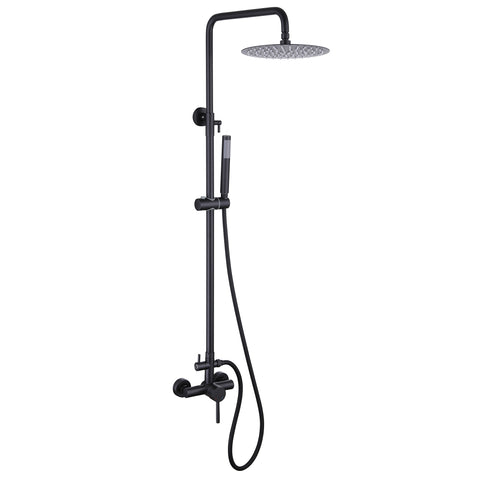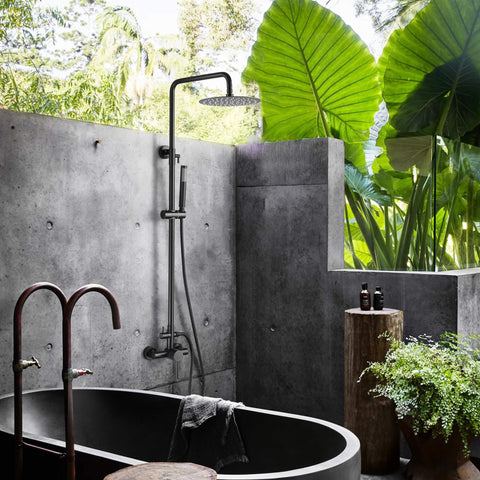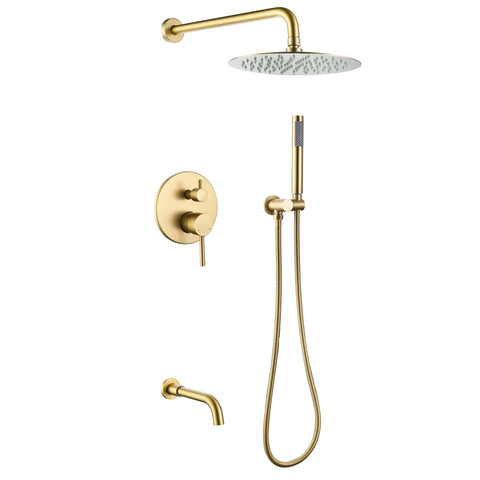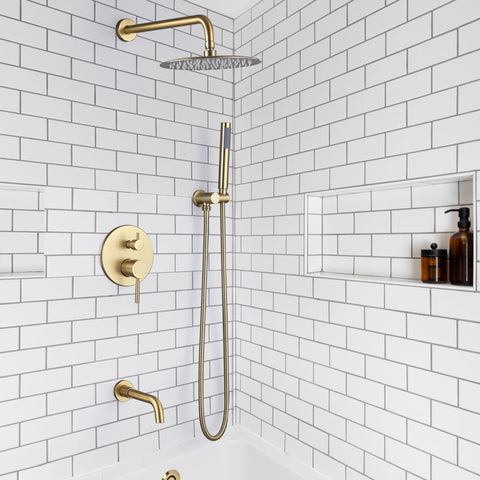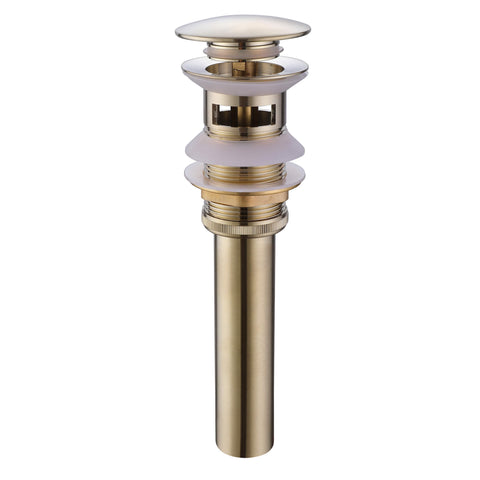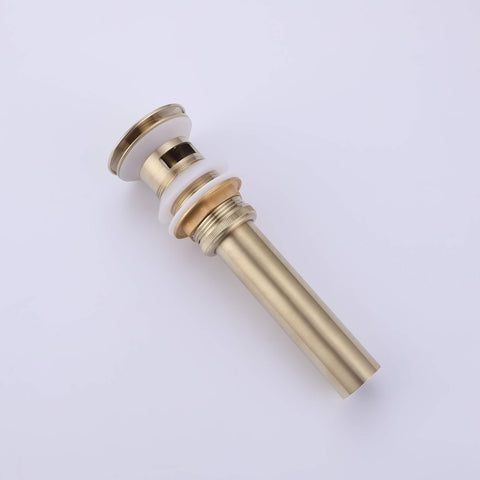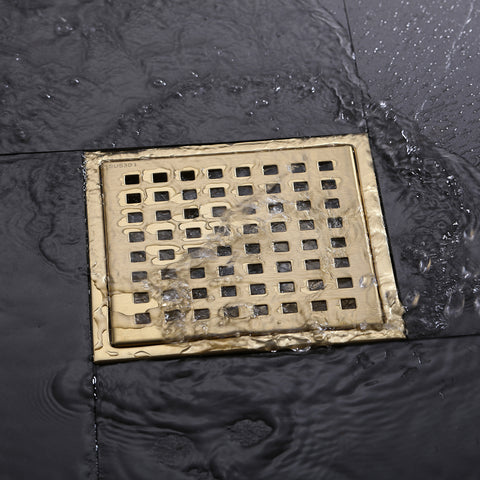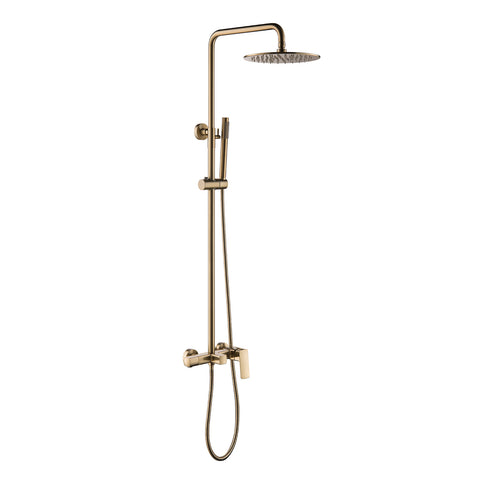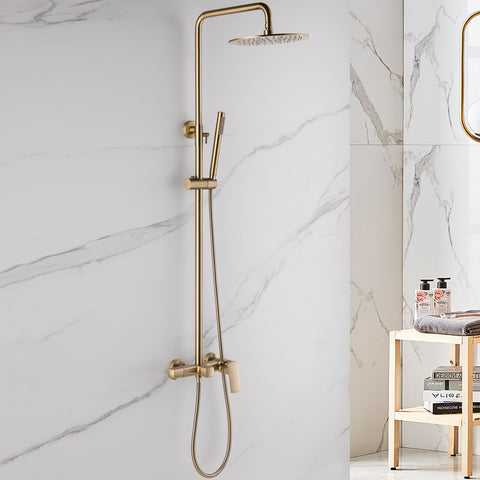Ideas and Tips for Installing an Outdoor Shower in the Garden
As a garden owner, it might sound familiar to you: longing for the joys of a midsummer bath on your own property. Building a swimming pool or garden pond in your own garden is great—but it takes a lot of space and money. Garden showers, on the other hand, are cheaper, greener, and simpler. Some manufacturers offer mobile showerheads for temporary showering pleasure. However, if you want your outdoor shower to be an integral part of your garden, you're better off with the more stable, permanently installed version.
How does a garden shower work? In principle, there are three types:
- Cold shower
- Solar shower
- Shower with hot and cold water
Cold Shower
Such a garden shower is easy to build yourself. They can be supplied with water simply by connecting to a garden hose. All you need is a shower head and a frame to hold the showerhead and hose. No pump is needed—the water pressure is sufficient. There’s no easier way to cool down in summer!

Solar Shower
Some manufacturers offer solar-based heating systems that heat water in a tank before it flows to the garden shower. Water temperature is then regulated by a thermostatic mixer.

Garden Shower with Fixed Water Connection
Connecting to hot and cold indoor plumbing is more complex. Water flow and temperature are controlled with valves or thermostats, just like in indoor showers. To comply with hygiene standards, the connection should be done by a professional installer. These showers are often mounted to exterior house walls. If the installation site is far from your house, additional piping may be required.

The Correct Location of the Outdoor Shower
When planning a private outdoor shower, the first step is choosing the right location. You don’t need much space—2 square meters is usually enough. Because garden showers produce a large amount of wastewater, the floor surface should be durable, non-slip, and moisture-resistant.
Outdoor Shower Drain
Instead of a septic tank, your garden shower can be connected to the house’s drainage system. Many manufacturers offer drains that connect directly to existing pipes. With proper siphons, even bad odors from the sewer can be prevented.
The drain can be concreted, tiled, or covered with wooden planks. Since most drain locations don’t align with the garden shower, a new drain often has to be laid. This work requires precise sealing—hiring a professional is recommended.
Many homeowners add an outdoor shower next to their pool for a quick rinse before or after swimming.

Important: Privacy Protection
When choosing a shower location, don’t forget privacy. Plant screens, wooden fences, or solid walls can help block unwanted views and add style to your setup.
Just like indoor showers, outdoor versions come in many shapes and spray types—from rainfall to mist. For a luxurious experience, mount the showerhead to a wall and let the water flow sideways.

Winter Garden Shower
To keep outdoor showers functional through winter, install supply lines so water can be fully drained before freezing. Use shut-off valves with integrated drain valves. If winter use is planned, ensure the pipes are well-insulated or heated. Better insulation reduces energy needed for frost protection.
To protect your shower during storms and snowfall, cover it with a weatherproof tarp or panel.

